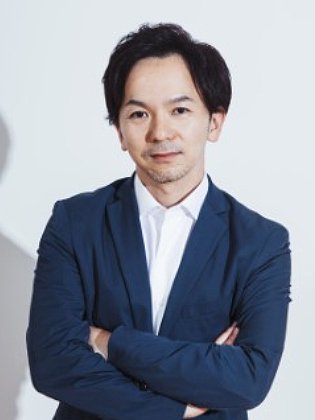High Tech consulting
Transform the industry that transforms the world. The pressure is on to build innovative tech products and services, reimagine supply chain and manufacturing networks, and identify new talent sources.
High tech now
79%
of high tech executives believe the level of change will increase more in 2025 compared to previous years
$1T
is what the semiconductor market is expected to reach by 2030
90%
of high tech executives say the pace of technology innovation accelerated their organization's reinvention strategy
80%
of high tech companies say the emergence of gen AI is inspiring their vision or long-term strategy
How to reinvent high tech
Switch to as-a-service for up to 4x enterprise value boost

Win with the right supply chain network

How to make your SMBs trust you more than your competitors
Harness Gen AI to stay ahead of the competition

Develop powerful, specialized products with custom silicon chip design
Segments we support
-
Enterprise technology
Enterprise technologyEnterprise technology
Get more value from your tech transformation.
-
Consumer technology
Consumer technologyConsumer technology
People want more from their tech. Navigate the landscape and innovate with the right strategy.
-
Network equipment
Network equipmentNetwork equipment
Redefine networking as all the things networking can do. Charge into the age of AI by connecting everyone and everything everywhere.
-
Semiconductors
SemiconductorsSemiconductors
The demand for more complex chips is fueling growth. Reinvent manufacturing, build sustainable supply chains and innovate across the ecosystem.
-
Medical equipment
Medical equipmentMedical equipment
Telehealth, wearables and advances in medical equipment are transforming patient care. Innovate and improve speed to market.
What’s trending in high tech
Our leaders

Arun Khurana
Senior Managing Director – High Tech, Global and North American Lead

Marco Addino
Managing Director – Aerospace & Defense and High Tech, EMEA

Ryosuke Sato
Managing Director – High Tech, Growth Markets








